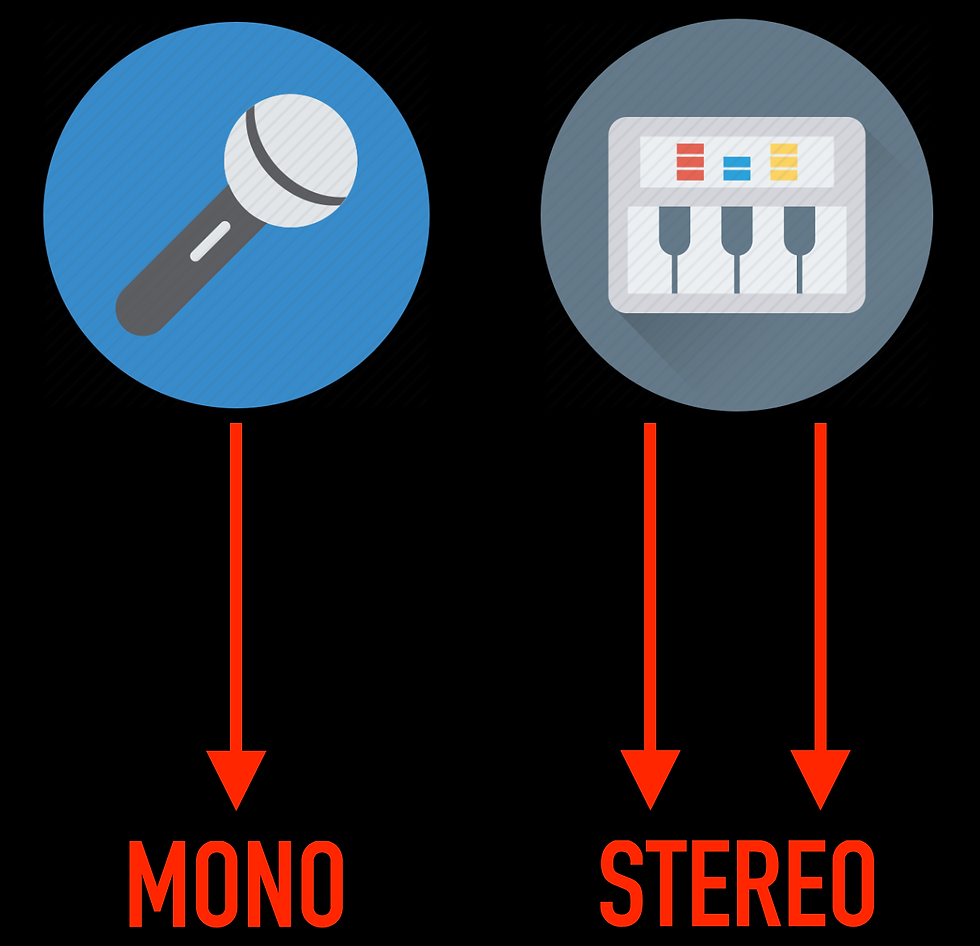Mixer/Console - Modules
- Jason Quinn
- Apr 28, 2020
- 2 min read
Updated: May 4, 2020
A mixer or console consists of a specific number of channels that allow input from microphones, electric instruments or other sources such as other channels that may be internally routed via parameters found on the console itself. Each channel strip will typically have an equalizer, a volume fader, a pan pot, mute and solo controls to process audio as it is recorded or mixed. Most consoles will have means of changing input source, re-routing signal paths and introducing effects via cables or internal routing capabilities. The mixer or console is the hub of all incoming and outgoing sounds, and the flexibility of a studio or live setup is greatly dependent on the functionality of the console.


Audio equipment such as analog consoles and many synthesizers are considered to be modular. This term refers to the function of the equipment in that modules may be reconfigured and replaced with other modules. A module can be anything from a microphone pre-amplifier, an EQ, a volume fader, a compressor, a filter and anything that processes a signal.

The sequence of modules and their setting rely solely on source material whether recording or mixing tracks. Modules may be hardwired and/or re-routable via patch cables or internal configurations. For instance, you are able to alter the sequence as the channel strip permits.
Not only are modules within a standard channel strip able to be re-configured but external devices such as outboard gear and effects are able to be patched in to sequence. There are many ways to process, combine, introduce and split signals with a mixer or console, and as mentioned before the flexibility of a system is largely dependent upon the mixer.


Patch bays, busses, matrices, send/returns and groups are all methods of re-routing signal paths and processing. It’s important to understand the capabilities of your console in order to properly understand signal flow when introducing external elements such as instruments and effects.
The master section on a console or mixer is the final panel in which an audio signal is processed through. Here you will find controls such as transport controls, master volume, send/return controls, configuration buttons and general console setup. The master section is the blueprint of a console and will present a consoles primary functions in one look.

A signals may be stereo or mono based on the source. For instance, microphones and electric guitars produce mono signals while electronic synthesizers and digital format media often produce stereo signals. Mono instruments produce a single signal output, the left and right channel together, and stereo instruments produce two signals, the left and right channel separately. This means stereo instruments require two mono channel strips.
The pan pot in the mixer section must be used to split the signal to the left and right monitors to reproduce exactly the stereo placement of the sound. Pan the two mono channel strips hard left and hard right.





Comments